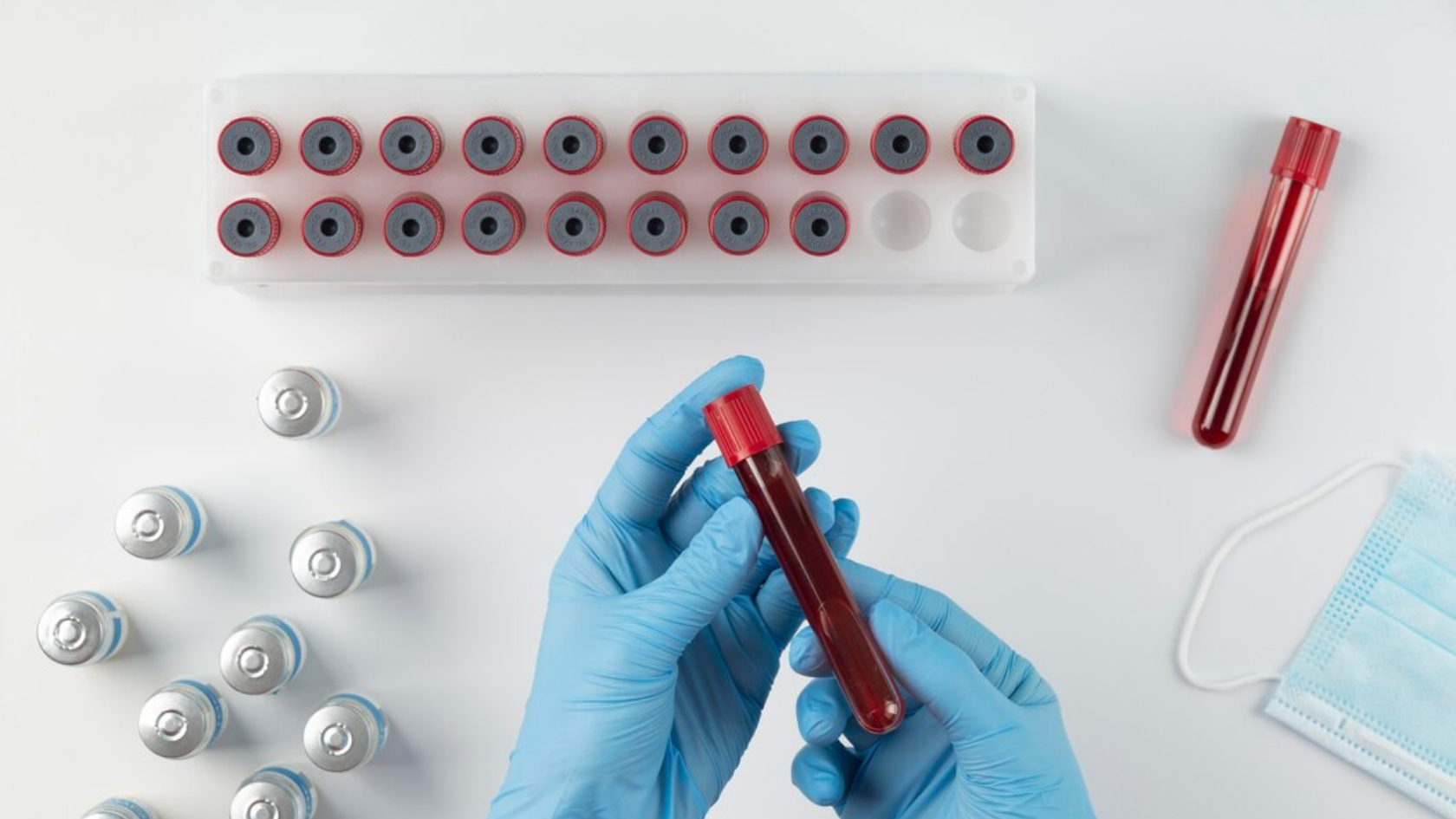Testosterone is a hormone that influences many aspects of health, from muscle strength and mood to sexual function and energy. In men, it is mainly produced in the testicles, while in women, smaller amounts come from the ovaries and adrenal glands. A blood test that measures serum testosterone helps doctors assess hormone levels and detect imbalances that might need treatment.
Understanding serum testosterone is key for people exploring testosterone replacement therapy (TRT). Low levels can cause fatigue, low libido, and mood changes, while high levels can signal other health concerns. This test gives a clear snapshot of your body’s hormone balance and is an important part of any hormone health check. Whether you’re dealing with symptoms or just curious, this test provides useful insight.
Key Takeaways
- Serum testosterone is the amount of testosterone circulating in your blood and is a key marker of hormonal health in men.
- Doctors use serum testosterone levels to help diagnose low T and track changes during testosterone replacement therapy (TRT).
- This hormone plays a major role in muscle growth, energy levels, sex drive, and overall mood and mental clarity.
- Normal testosterone levels vary by age, time of day, and testing method—making accurate lab work especially important.
- Low serum testosterone can cause fatigue, weight gain, low libido, and other health concerns that affect daily quality of life.
Table of Contents
Understanding Serum Testosterone: What It Is and Why It Matters
A Simple Look at Testosterone in the Blood
Serum testosterone refers to the amount of testosterone circulating in the bloodstream. It is measured using a blood test, usually done in the morning when levels are at their highest. This hormone is crucial for both men and women, though it plays a bigger role in male development and health.
In men, testosterone helps build muscle, strengthen bones, regulate sex drive, and support sperm production. In women, it helps with mood, energy, and muscle tone—though in smaller amounts.
Most testosterone in the blood is bound to proteins, mainly sex hormone-binding globulin (SHBG) and albumin. Only a small portion is “free” testosterone, which is the active form the body can use right away. That’s why doctors often look at total testosterone (bound + free) and free testosterone levels when checking for hormone imbalances.
Why Serum Testosterone Matters
Monitoring serum testosterone is important because it helps identify whether hormone levels are too low or too high. A healthy testosterone level supports physical energy, emotional well-being, and sexual health. If levels drop below normal, a person may experience fatigue, low sex drive, difficulty concentrating, or even depression. In men, it may also affect muscle mass and cause erectile issues.
Doctors use serum testosterone levels to guide treatment, especially for people considering testosterone replacement therapy. By checking these levels before and during treatment, healthcare providers can safely manage hormone levels and avoid side effects. Conditions such as hypogonadism, polycystic ovary syndrome (PCOS), or aging-related hormone decline are just a few reasons to test serum testosterone.
Knowing your serum testosterone level gives a clearer view of your hormone health. It’s a helpful tool for doctors to make accurate diagnoses and offer tailored treatments.
Understanding Testosterone Levels and Their Impact
Normal Ranges for Serum Testosterone
The “normal” range for serum testosterone depends on several factors, including age, sex, and time of day. For adult men, total testosterone typically ranges from about 300 to 1,000 nanograms per deciliter (ng/dL). For women, normal levels fall between 15 to 70 ng/dL. However, “normal” doesn’t always mean “optimal.” Some people may feel symptoms even when their results fall within the normal range.
Morning is the best time to check serum testosterone because it peaks between 7 and 10 a.m. Doctors often recommend repeat testing if the first result is low, to confirm the level accurately. They may also check related hormones like SHBG and luteinizing hormone (LH) to better understand the root cause.
What Causes Low or High Serum Testosterone?
Several factors can affect serum testosterone levels. Natural aging causes testosterone to decline, especially after age 30 in men. Other causes of low testosterone (also called “Low T”) include chronic illness, stress, obesity, certain medications, and conditions like Type 2 diabetes or pituitary disorders.
On the flip side, high serum testosterone can result from taking too much testosterone therapy or from health issues like tumors or anabolic steroid use. High levels can lead to mood swings, acne, sleep problems, and increased red blood cell counts. That’s why accurate testing and proper dosing are essential if undergoing testosterone treatment.
How to Improve Low Serum Testosterone
If serum testosterone is low, there are both medical and lifestyle options to help. Doctors may recommend testosterone replacement therapy, which comes in forms like gels, patches, injections, or pellets. These methods restore levels to a healthy range and help reduce symptoms like low energy and poor concentration.
Lifestyle changes can also make a difference. Regular exercise, a balanced diet, good sleep, and stress management can support hormone health. Reducing alcohol intake and avoiding smoking may also help. In some cases, weight loss alone may improve testosterone levels naturally.
Serum testosterone testing provides a foundation for safe and effective treatment. It allows patients and providers to make informed decisions about health, therapy, and long-term well-being.
Take Control of Your Hormone Health
Frequently Asked Questions
It is the amount of testosterone circulating in your blood, measured through a simple blood test.
It helps regulate energy, mood, sex drive, and muscle development.
For men, 300–1,000 ng/dL is typical. For women, it’s usually 15–70 ng/dL.
Aging, illness, obesity, and certain medications can lower levels.
A blood sample is taken, usually in the morning, to measure hormone levels.
Fatigue, low libido, mood swings, and reduced muscle mass are common signs.
Yes, and it can cause fatigue, low motivation, and reduced sexual satisfaction.
Options include testosterone therapy and lifestyle changes like exercise and better sleep.
It can cause acne, aggression, sleep issues, and raise red blood cell count.
When monitored by a healthcare provider, it can be safe and effective for the right patients.

